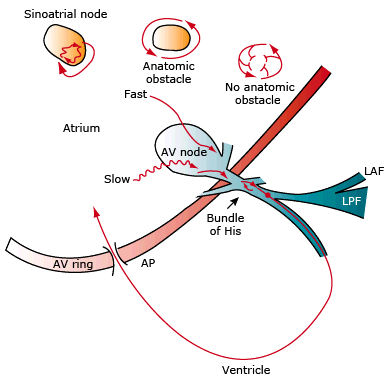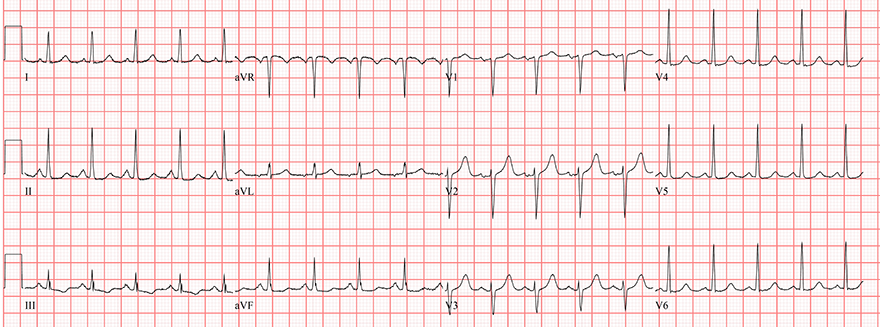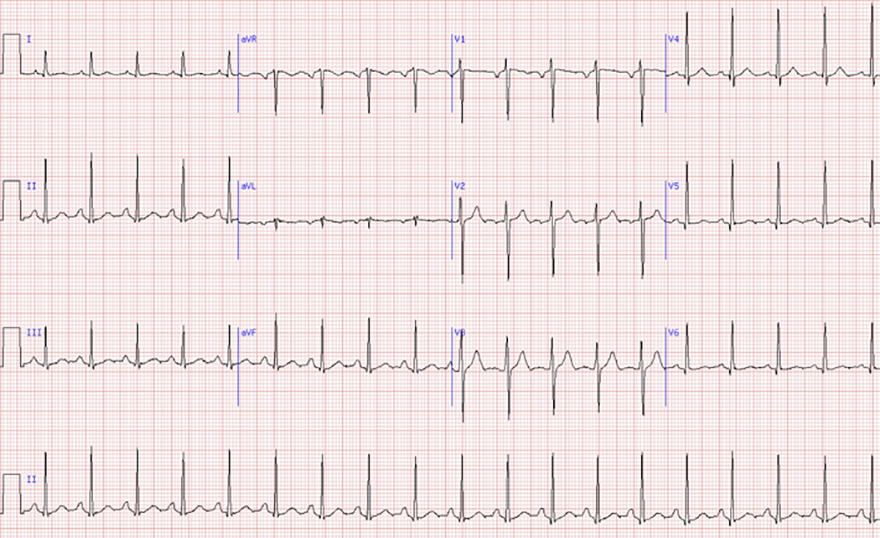
|
ECGbook.com Making Medical Education Free for All |
Upload ECG for Interpretation |

|
ECGbook.com Making Medical Education Free for All |
Upload ECG for Interpretation |



Sinoatrial Nodal Reentry Tachycardia


Sinus Tachycardia


Inappropriate Sinus Tachycardia





Carotid Sinus Massage and No Slowing of Frequency

Sinoatrial Nodal Reentry Tachycardia (SANRT)

Sinus Tachycardia
Sources
|

|
|

|

Sinoatrial Nodal Reentry Tachycardia


|
Sinus Tachycardia
|


|
Inappropriate Sinus Tachycardia
|
Carotid Sinus Massage
|

|


|
Carotid Sinus Massage and Frequency Slowing
|


|
Carotid Sinus Massage and No Slowing of Frequency
|

Sinoatrial Nodal Reentry Tachycardia (SANRT)

Sinus Tachycardia
Sources